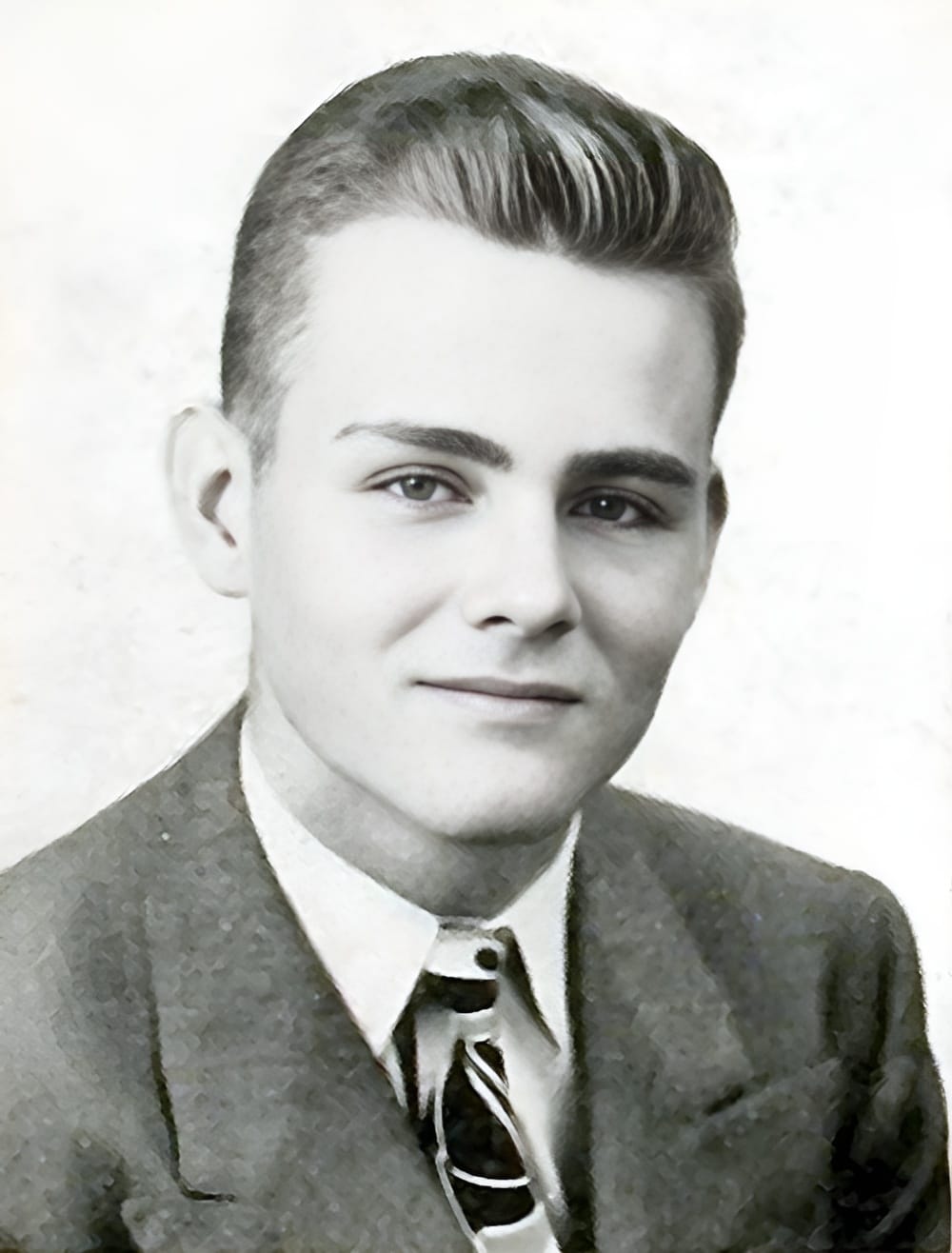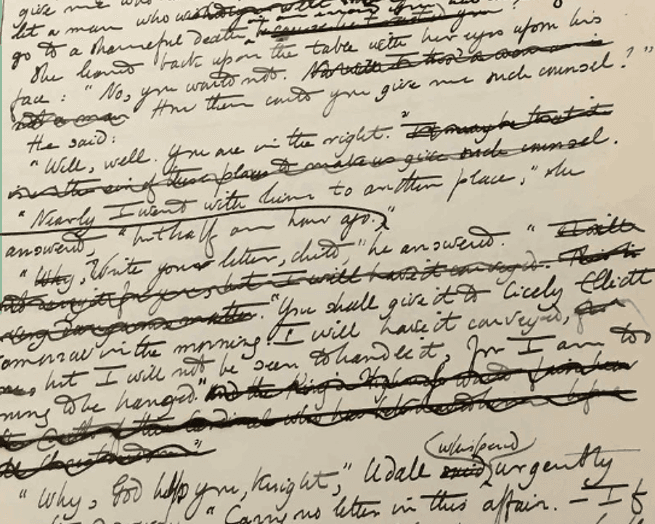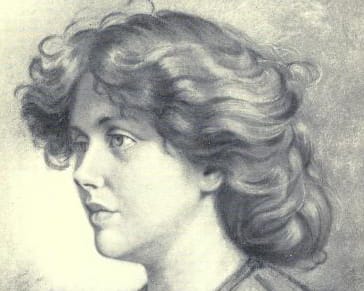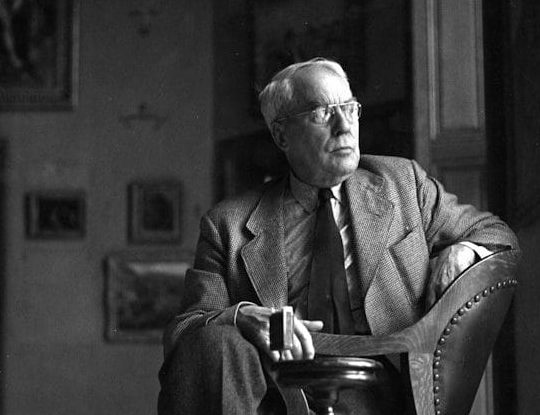An occasional series of articles from Ford Madox Ford Society members. If you would like to contribute to the blog, see this page!
In Search of David Dow Harvey: Part 2
By Andrew Gustar In the first part of this article we followed David Dow Harvey up to the publication of Ford Madox Ford, 1873-1939: Bibliography of Works and Criticism, which remains a hugely important reference work for Ford scholars. David and his wife Mary Ann had settled in Seattle, and in Marc…
Read MoreIn Search of David Dow Harvey: Part 1
By Andrew Gustar Anybody studying Ford’s works will soon encounter David Dow Harvey’s Ford Madox Ford, 1873-1939: Bibliography of Works and Criticism (Princeton, 1962). In over 600 pages of typewritten text, Harvey sets out details of Ford’s books, articles, letters, manuscripts an…
Read MoreIn the lists: those desert island titles
By Paul Skinner Of her ‘desert island books’, the novelist Penelope Lively wrote: ‘there are three titles that I would pick, because, for me, they are perhaps the ones that have most elegantly demonstrated what the novel can do, where the form is pushed to its limits. And these are: Henry James’s Wh…
Read MoreDeciphering Ford’s Handwriting with AI
By Seamus O’Malley The novelist of epistemological crisis would have had something to say about Artificial Intelligence. In The Good Soldier Dowell asks: “If for nine years I have possessed a goodly apple that is rotten at the core and discover its rottenness only in nine years and six m…
Read MoreFord’s Spurious Sister
By Andrew Gustar Ford Madox Ford has a somewhat complicated family tree, as illustrated by the trees of his paternal and maternal sides in Max Saunders’ Ford Madox Ford: A Dual Life, Volume 1 (xviii-xix). Another useful (though less accurate) version of the tree can be found online at Geni, wh…
Read MoreA barney with Barnes
By Paul Skinner In the London Review of Books (8 May 2025), Julian Barnes’ notice of Blake Gopnik’s book, The Maverick’s Museum: Albert Barnes and His American Dream (Ecco) includes the observation that ‘you did not need to have met Albert Barnes for him to take against you. In late 1927 F…
Read MoreFinding Helena
by Sara Haslam Ever wondered what Ford scholars get up to in their spare time? Many of them have written on Ford’s contemporaries, and this 3rd May, we republish a post by Sara Haslam, reflecting on her work on Evelyn Waugh’s novel, Helena (1950). Evelyn’s father published Ford, and his brothe…
Read More1925 and all that (a handful of Fordian notes)
By Paul Skinner Glancing at any recent headline, it may come as no surprise that some of us are willingly absorbed in another year entirely, precisely a hundred years back. In publication terms, 1925 might not astonish as did 1922, so often termed the ‘annus mirabilis’ of Anglo-American modernism th…
Read MoreA New Forest Typo Part 2: The Inhabitants of Lyburn Park
By Andrew Gustar In the first part of this post, I discovered that Branshaw Teleragh – location of Edward and Leonora Ashburnham’s house in Ford’s The Good Soldier – was based on a misprint on a map of the New Forest, an area that Ford visited several times between 1902 and 1913. The …
Read MoreA New Forest Typo Part 1: The Origins of Branshaw Teleragh
By Andrew Gustar In the early 1800s, a message could be sent between Plymouth and London in a matter of minutes. The Admiralty Shutter Telegraph, devised by Lord George Murray during the Napoleonic Wars, consisted of a series of hilltop signalling stations, each manned by a naval officer and two rat…
Read More








